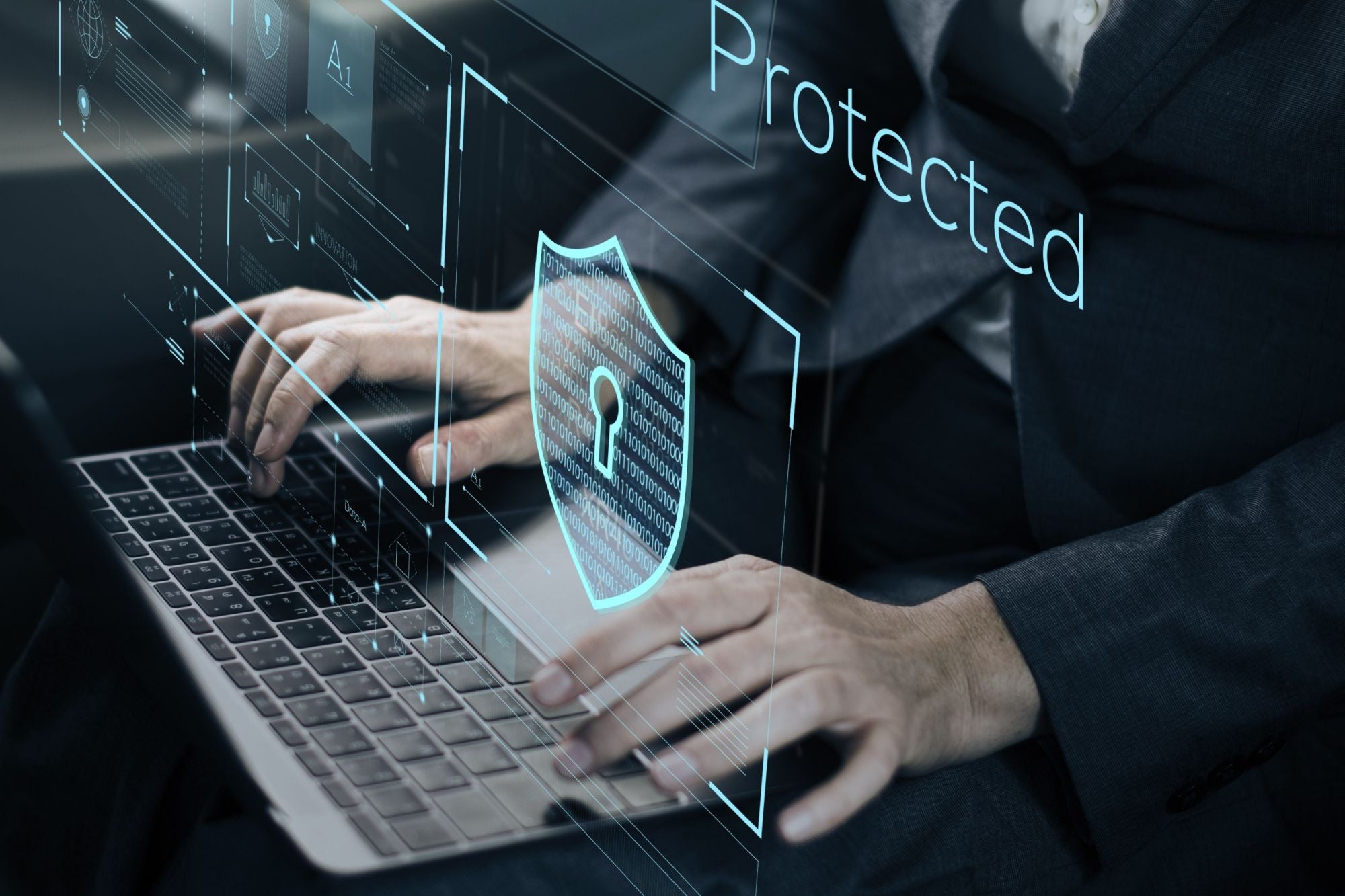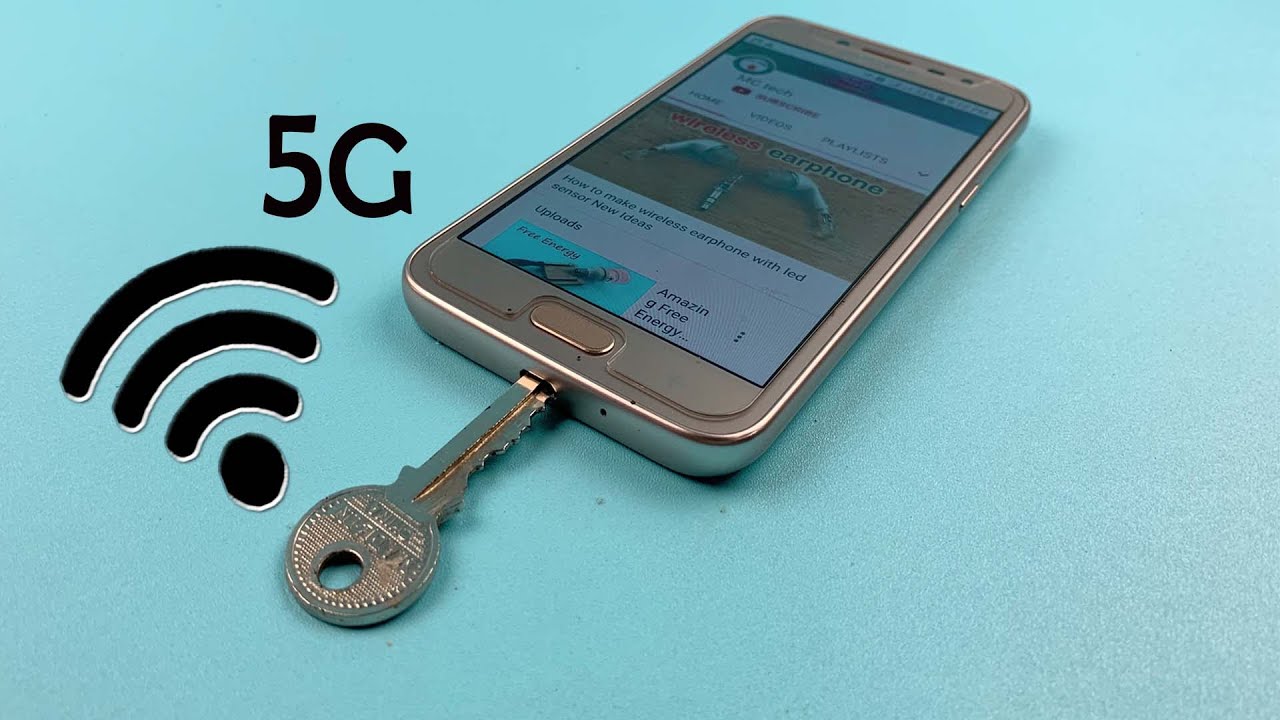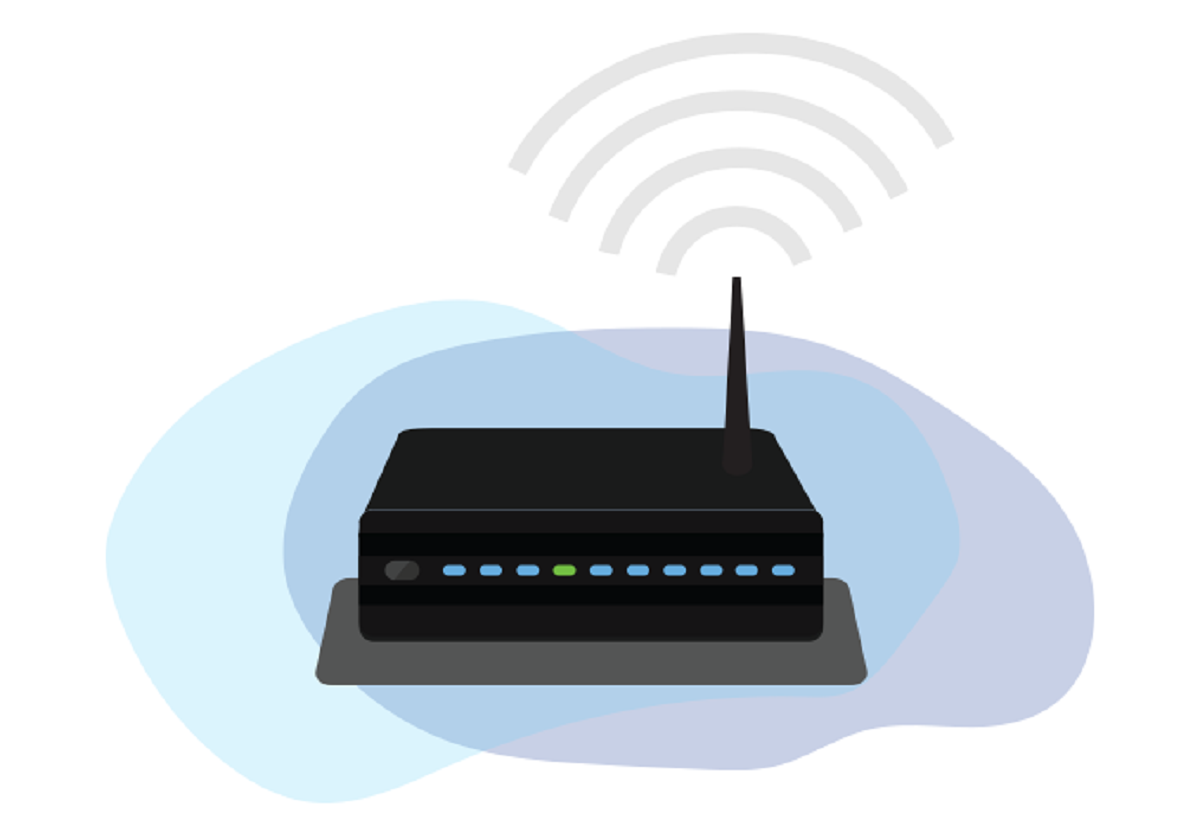Introduction
In today's digital age, the convenience of public Wi-Fi hotspots has become an integral part of our daily lives. Whether we're sipping coffee at a local café, waiting at an airport, or simply enjoying a peaceful afternoon at a public park, the allure of free and easily accessible internet connectivity is undeniable. However, amidst the convenience and accessibility, concerns about the security of hotspot passwords loom large. The fear of hackers exploiting vulnerabilities to gain unauthorized access to our personal data can cast a shadow over the otherwise seamless experience of connecting to a public Wi-Fi network.
In this article, we delve into the realm of hotspot password security, aiming to debunk common myths surrounding hotspot password hacking and provide valuable insights into safeguarding your personal and sensitive information. By understanding the intricacies of hotspot password security and arming ourselves with practical security tips, we can navigate the digital landscape with confidence and peace of mind, knowing that our online interactions remain secure and protected.
Join us as we unravel the truth behind hotspot password hacking and equip ourselves with the knowledge and tools necessary to fortify our digital defenses. Let's embark on this journey to demystify hotspot password security and empower ourselves with the expertise to navigate the digital realm securely and confidently.
Understanding Hotspot Password Hacking
Public Wi-Fi hotspots, while convenient, are not immune to security risks. Understanding the intricacies of hotspot password hacking is crucial in safeguarding sensitive information. Hackers employ various techniques to exploit vulnerabilities and gain unauthorized access to hotspot passwords, potentially compromising personal data. It's essential to comprehend the methods utilized by malicious actors to fortify our defenses against potential threats.
Exploiting Unsecured Networks
One of the primary methods used for hotspot password hacking involves exploiting unsecured networks. Hackers can intercept data transmitted over these networks, including login credentials and sensitive information. By deploying specialized tools and eavesdropping on unencrypted connections, cybercriminals can gain access to passwords and other confidential data with alarming ease.
Phishing Attacks
Phishing attacks represent another prevalent tactic employed by hackers to obtain hotspot passwords. In this method, cybercriminals create deceptive Wi-Fi networks with names similar to legitimate hotspots, luring unsuspecting users to connect to these fraudulent networks. Once connected, users may unknowingly disclose their hotspot passwords, falling victim to this insidious form of cybercrime.
Man-in-the-Middle Attacks
Man-in-the-middle (MITM) attacks pose a significant threat to hotspot password security. In these attacks, hackers position themselves between the user and the hotspot, intercepting communications and potentially capturing sensitive information, including passwords. By exploiting security vulnerabilities and utilizing sophisticated techniques, cybercriminals can compromise the integrity of hotspot connections, leading to unauthorized access to passwords and confidential data.
Social Engineering
Social engineering tactics are often leveraged by hackers to manipulate individuals into divulging their hotspot passwords. By assuming false identities or employing persuasive techniques, cybercriminals may deceive unsuspecting users into sharing their passwords willingly. This psychological manipulation can bypass technical security measures, underscoring the importance of user awareness and vigilance in hotspot password protection.
By comprehending the methods utilized by malicious actors to compromise hotspot password security, individuals can adopt proactive measures to mitigate these risks. Awareness of potential threats is the first step in fortifying our digital defenses and ensuring the security of our personal information. It's imperative to remain vigilant and informed, empowering ourselves with the knowledge necessary to navigate the digital landscape securely and confidently.
Common Myths about Hotspot Password Hacking
In the realm of public Wi-Fi hotspots, several misconceptions and myths surrounding hotspot password hacking persist, contributing to uncertainty and apprehension among users. It's essential to dispel these myths and gain a clear understanding of the realities associated with hotspot password security. Let's unravel the common myths surrounding hotspot password hacking and shed light on the truth behind these misconceptions.
Myth 1: Hotspot Passwords are Always Secure
One prevalent myth suggests that hotspot passwords are inherently secure, leading users to believe that their data is impervious to unauthorized access. However, the reality is that many public Wi-Fi hotspots may lack robust security measures, rendering them susceptible to exploitation by cybercriminals. Without adequate encryption and authentication protocols, hotspot passwords can be vulnerable to various hacking techniques, emphasizing the importance of exercising caution when connecting to public networks.
Myth 2: Only High-Profile Individuals are Targeted
Another misconception revolves around the belief that only high-profile individuals or organizations are targeted by hotspot password hackers. In truth, cybercriminals cast a wide net, indiscriminately seeking opportunities to exploit unsecured networks and intercept sensitive information. Every individual utilizing public Wi-Fi is potentially at risk, underscoring the universal relevance of hotspot password security for all users.
Myth 3: Strong Passwords Guarantee Absolute Security
While utilizing strong, complex passwords is undoubtedly a best practice for enhancing security, it does not guarantee absolute protection against hotspot password hacking. Hackers employ sophisticated methods, such as phishing attacks and social engineering, to bypass password strength and exploit human vulnerabilities. Therefore, while strong passwords are essential, they should be complemented by additional security measures to fortify hotspot password protection comprehensively.
Myth 4: Encrypted Hotspots are Immune to Hacking
The misconception that encrypted hotspots are immune to hacking poses a significant risk to users. While encryption enhances security by safeguarding data transmitted over the network, it does not render hotspots impervious to hacking attempts. Hackers may exploit other vulnerabilities, such as unsecured devices or user behavior, to gain unauthorized access to encrypted hotspots, emphasizing the need for a multifaceted approach to hotspot password security.
Myth 5: Hotspot Password Hacking Requires Advanced Technical Skills
Contrary to popular belief, hotspot password hacking does not always necessitate advanced technical skills. With the proliferation of user-friendly hacking tools and readily available resources, individuals with limited technical expertise can perpetrate cybercrimes. This myth underscores the importance of proactive security measures and user awareness in mitigating the risks associated with hotspot password hacking.
By dispelling these common myths and gaining a nuanced understanding of hotspot password security, individuals can navigate the digital landscape with heightened awareness and preparedness. It's crucial to approach hotspot password protection with a proactive mindset, leveraging comprehensive security practices to safeguard personal data and mitigate the risks associated with public Wi-Fi connectivity.
Security Tips for Protecting Your Hotspot Password
-
Utilize Virtual Private Network (VPN) Services: Employing a reputable VPN service is a fundamental step in fortifying hotspot password security. VPNs encrypt data transmitted over public networks, shielding sensitive information from potential interception by hackers. By routing internet traffic through secure servers, VPNs offer an additional layer of protection, safeguarding hotspot passwords and preserving the confidentiality of online interactions.
-
Enable Two-Factor Authentication (2FA): Implementing two-factor authentication adds an extra dimension of security to hotspot password protection. By requiring a secondary verification method, such as a unique code sent to a registered device, 2FA mitigates the risk of unauthorized access even if the hotspot password is compromised. This proactive measure enhances the resilience of hotspot security, bolstering the defense against potential breaches.
-
Regularly Update Hotspot Passwords: Routinely updating hotspot passwords is a simple yet effective practice for enhancing security. By frequently changing passwords and utilizing strong, complex combinations, users can mitigate the risk of unauthorized access. This proactive approach disrupts potential hacking attempts and reinforces the integrity of hotspot password protection.
-
Exercise Caution When Connecting to Hotspots: Prioritize discretion when connecting to public Wi-Fi hotspots. Verify the legitimacy of the network and avoid connecting to unsecured or suspicious hotspots. Exercise vigilance to ensure that the hotspot is provided by a trusted source, minimizing the risk of falling victim to fraudulent networks and potential hacking attempts.
-
Install Security Software and Updates: Deploying reputable security software and keeping devices updated with the latest security patches is essential for safeguarding hotspot passwords. Antivirus programs, firewalls, and regular software updates fortify the overall security posture, mitigating vulnerabilities and reducing the likelihood of unauthorized access to hotspot passwords.
-
Educate and Raise Awareness: Promote user awareness and education regarding hotspot password security. Inform users about the risks associated with public Wi-Fi connectivity and emphasize the adoption of best practices for hotspot password protection. By fostering a culture of security awareness, individuals can make informed decisions and actively contribute to the collective effort of safeguarding sensitive information.
-
Disable Auto-Connect Features: Disable auto-connect features on devices to prevent automatic connection to open or unsecured hotspots. This proactive measure ensures that users have control over their Wi-Fi connections, reducing the exposure to potential security risks associated with unverified networks.
By incorporating these security tips into your digital practices, you can fortify the protection of your hotspot password and mitigate the risks associated with public Wi-Fi connectivity. Embracing a proactive approach to hotspot password security empowers individuals to navigate the digital landscape with confidence and resilience, ensuring the confidentiality and integrity of their online interactions.
Conclusion
In conclusion, the realm of hotspot password security encompasses a dynamic landscape fraught with both potential risks and proactive measures. By unraveling the intricacies of hotspot password hacking and dispelling common myths, individuals can navigate the digital realm with heightened awareness and preparedness. The pervasive convenience of public Wi-Fi hotspots coexists with the imperative need to fortify hotspot password security, ensuring the safeguarding of personal data and sensitive information.
Understanding the methods utilized by malicious actors to compromise hotspot password security is pivotal in adopting proactive security measures. From exploiting unsecured networks to perpetrating phishing attacks and leveraging social engineering tactics, hackers employ diverse strategies to gain unauthorized access to hotspot passwords. By comprehending these vulnerabilities, individuals can fortify their digital defenses and mitigate the risks associated with public Wi-Fi connectivity.
Dispelling common myths surrounding hotspot password hacking is equally crucial in fostering a nuanced understanding of the realities associated with hotspot security. By debunking misconceptions related to the inherent security of hotspot passwords, the universal susceptibility to hacking, and the limitations of strong passwords, individuals can approach hotspot password protection with informed vigilance. Recognizing the potential vulnerabilities and risks enables users to adopt comprehensive security practices, fortifying their digital resilience and mitigating the threats posed by cybercriminals.
Moreover, the implementation of security tips for protecting hotspot passwords empowers individuals to proactively enhance their security posture. From utilizing VPN services and enabling two-factor authentication to exercising caution when connecting to hotspots and promoting user awareness, these proactive measures fortify the protection of hotspot passwords and mitigate the risks associated with public Wi-Fi connectivity. By incorporating these security tips into their digital practices, individuals can navigate the digital landscape with confidence and resilience, ensuring the confidentiality and integrity of their online interactions.
In essence, hotspot password security is a multifaceted endeavor that demands continuous vigilance, informed decision-making, and proactive measures. By demystifying hotspot password hacking, dispelling common myths, and embracing comprehensive security practices, individuals can navigate the digital realm securely and confidently. The empowerment derived from understanding hotspot password security equips individuals to harness the benefits of public Wi-Fi connectivity while safeguarding their personal data, fostering a digital landscape characterized by resilience, awareness, and proactive security measures.
























